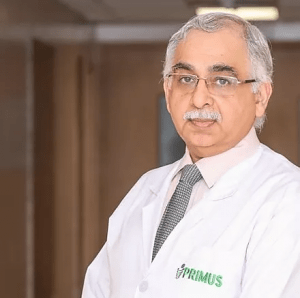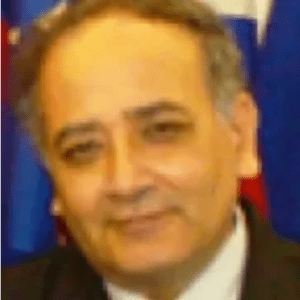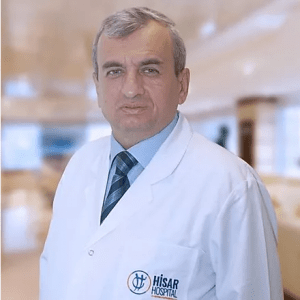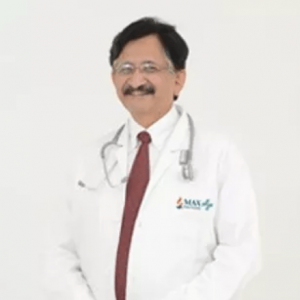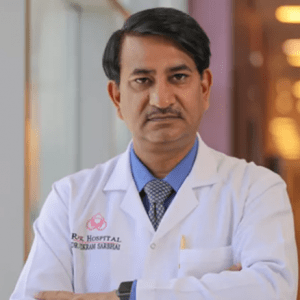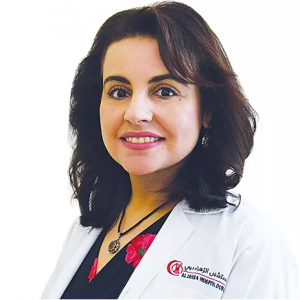Respiratory Syncytial Virus
WHAT IS RESPIRATORY SYNCYTIAL VIRUS? Respiratory syncytial virus (RSV) is a virus that causes infection in the lungs and respiratory tract. It has a high prevalence amongst children even children less than 2 years, sometimes even months, most especially premature infants. RSV also affects adults and the elderly, and mostly found amongst people with heart […] Read More
Top Doctors For Respiratory Syncytial Virus Treatments
Top Hospitals For Respiratory Syncytial Virus Treatments
Respiratory Syncytial Virus
- Premature babies.
- People with the weaker immune system.
- People with heart or lungs infections.
- People with neurological disorders.
- Staying in places without proper ventilation.
- The elderly or those above the age of 65.
- Rapid Diagnostic Test.
- Virus Culture
- Blood Test
- Imaging Scans
- Frequent washing of your hands.
- Avoid always using your hand on your face.
- Always cover your mouth when you sneeze.
- Maintain proper hygiene.
- Avoid sharing drinking cups, plates, etc.
- Try the use of disposable cups and dispose of them after use.
- Avoid smoking and exposing children to tobacco smell as it increases their risk of having Respiratory syncytial virus.
- Wash toys regularly.
- Have a habit of drinking water regularly.
- Try using saline nasal drops.
- Avoid smoking around children.
-
- The use of medications such as acetaminophen as Tylenol help reduces sore throat and fever.
Symptoms
RESPIRATORY SYNCYTIAL VIRUS SYMPTOMS
Symptoms manifest themselves based on age. Symptoms may become visible 4 to 6 days after infection.
In older adults, they experience:
- Mild discomfort
- Congestion
- Cough
- Runny nose
- Fever
- Sneezing
While in extreme cases involving infants, they include:
- Wheezing
- Difficulty breathing
- Short fast breathing
- Pale or bluish skin
- Bronchitis
- Pneumonia
- Sore throat
- Easily tired
- Loss of appetite
- Easily irritated
Causes
RESPIRATORY SYNCYTIAL VIRUS CAUSES AND TRANSMISSION
The respiratory syncytial virus gets into the body through the openings in the eyes, nose, or mouth. It is mostly spread through the air when someone infected coughs without protecting him or herself and the molecules are breathe in. It can also be spread through direct contact such as handshakes, etc.
This virus can survive for hours without a host and live on hard objects such as cribs, countertops, toys, etc. Hence, the cause could get into your body system when you carry such contaminated objects with your hands and touch your face with that same hand without washing it.
FAQ
- What are the medications used to treat the respiratory syncytial virus?
There have been two drugs recognized for treating the respiratory syncytial virus. Such drugs include Palivizumba and Ribavirin.
- Can antibiotics be used to treat the respiratory syncytial virus?
Antibiotics can not be used to treat respiratory syncytial virus since it is a virus. Antibiotics are mostly used for the treatment of infections caused by bacterial.
- What does the respiratory syncytial virus do to the lungs?
The effect of the respiratory syncytial virus on the lungs includes acute bronchitis when it affects the bronchioles, pneumonia, etc.
- Is respiratory syncytial virus droplet or airborne?
The respiratory syncytial virus can be in the nasal or mouth secretions of infected persons and transmits in droplets when they sneeze and cough without covering their mouth. It can also spread through dried respiratory secretions on bedclothes, handkerchiefs, etc.
- How long does RSV last in adults?
The respiratory syncytial virus is rarely severe in adults and can last less than 5 days and is characterized by a runny nose, cough, fatigue, and fever.






